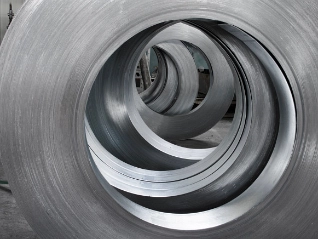
Recommended for you

Latest news and insights

Reports and whitepapers from our industry experts

Helpful guides at your fingertips

Examples of high quality credit management processes and practices in a variety of different sectors and markets throughout the world

Success stories from our diverse range of clients










Load more
Viewing 7 out of 26







Load more
Viewing 7 out of 139







Load more
Viewing 7 out of 13



Case Study
EnCom Polymers: credit management for chemicals sector
With the backing of Atradius’s resources, EnCom Polymers has been able to expand business with existing customers and go after new business they previously would have shied away from.


Case Study
Follett: credit mangement for the manufacturing sector
How we helped Follett Corporation mitigate credit risks associated with establishing new customers in new markets.


Case Study
Pittards: credit management for the leather goods sector
We have been supplying Pittards with credit insurance since the 1980s. Jill Williams, Finance Director & Company Secretary, describes our relationship as a partnership, built on mutual trust.




Load more
Viewing 4 out of 7







Load more
Viewing 7 out of 9
Case study
Ingram Micro: credit management for the technology sector
In order to meet the needs of multinational technology company, Ingram Micro, our Global team mirrors the location and size of their offices around the world.
Explore
















